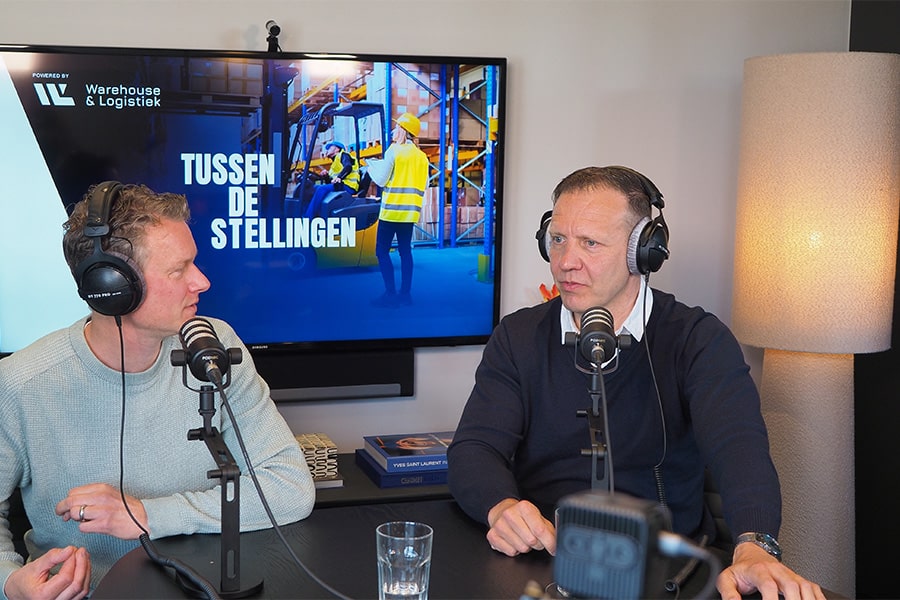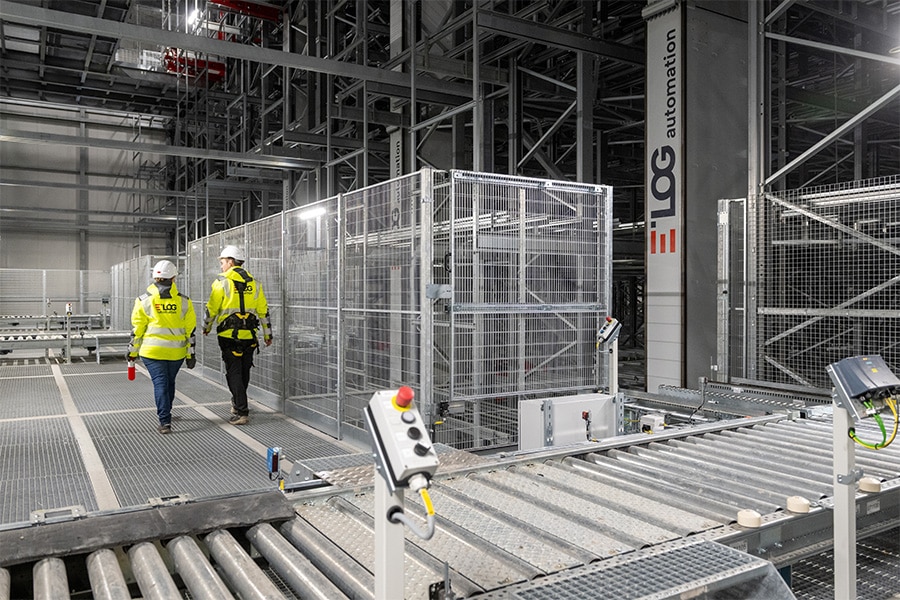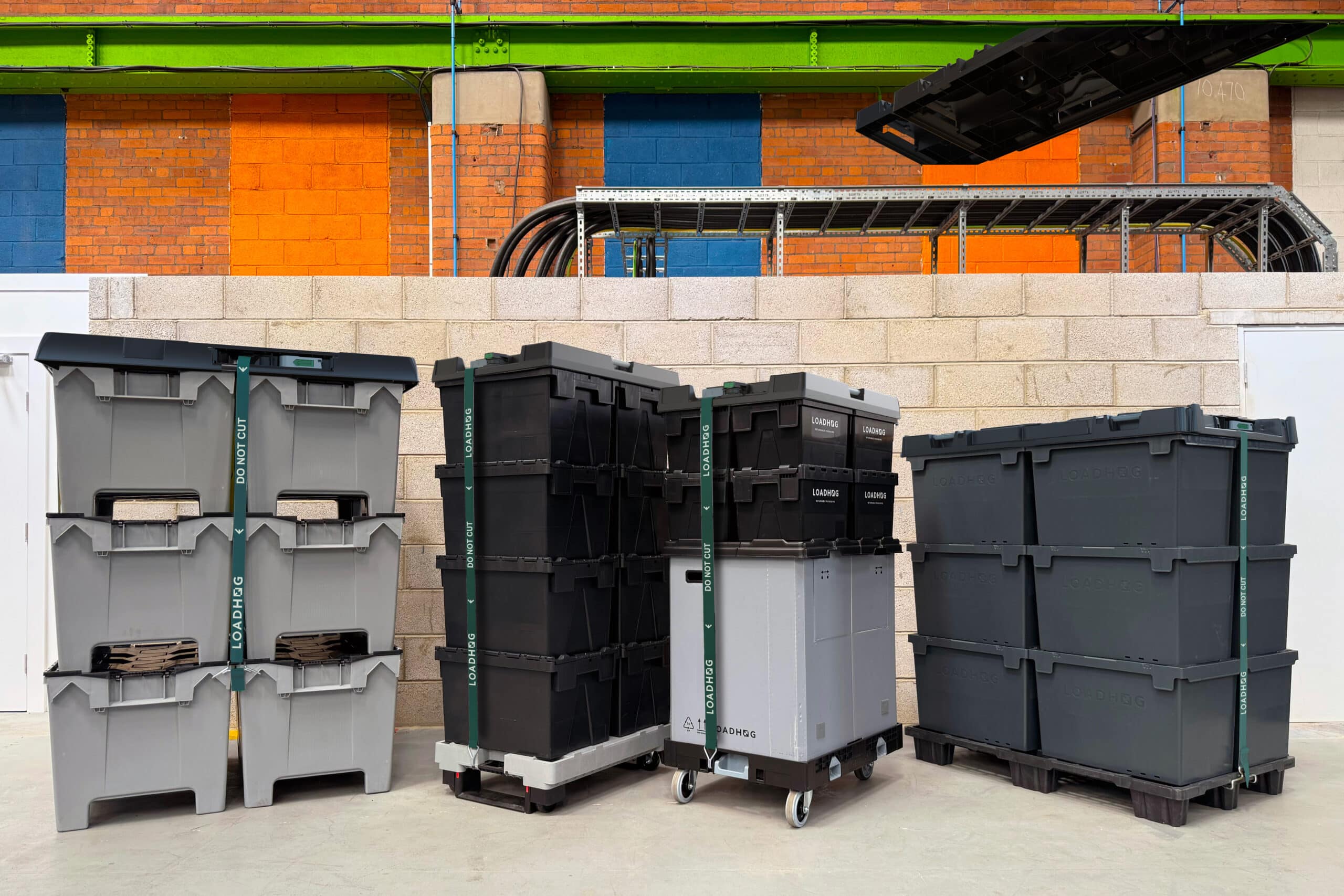
Get your logistics ready for tomorrow's world
Whitepaper: 5 pieces of advice for a more efficient warehouse and material handling system
Future-oriented thinking always delivers benefits, and certainly in (intra)logistics. By taking into account the latest evolutions in the warehouse, you ensure yourself maximum productivity - both today and in the near future.
Two important trends to follow are those of automation and sustainability. The first can solve staff shortages and human error, and the other will allow you to respond to ever-increasing sustainability requirements, and more stringent legislation.
Saving time through automation
It is a general trend to automate more and more things, including in the warehouse. And while this is often thought to be a costly process, in the right circumstances it can just be cost-saving.
By automating simple, repetitive processes, you eliminate the possibility of human error and increase your efficiency and work speed. In addition, reducing repetitive tasks ensures that your employees are exposed to less physical strain, reducing the likelihood that they will drop out with an injury.
Whether the benefits of automation outweigh the costs depends on several factors. For example, it is important to look critically at the scope of the automatable processes, and how many obstacles the AGVs may encounter. To do this with a completely clear view, it is best to enlist the help of a consultant, who can look completely around the existing work processes to achieve the most efficient result.
Making your fleet more sustainable
That sustainability is becoming increasingly important, of course, you have long known. Not only are the ecological expectations of stakeholders becoming higher and higher, but legislation is also becoming stricter.
There are several ways to make your fleet greener, and again, the best method depends on your application. The first reflex to sustainability is often to jump on the bandwagon of electrification, investing in new, electric forklifts. While this is certainly a good option, it is often forgotten that alternatives are also available.
So you can build on your current lift trucks and warehouse trucks, and look toward HVO diesel, for example, with up to 90% less CO2 emissions. Sometimes it is also possible to make your working or loading processes more efficient, saving on energy consumption.
Even in the area of sustainability, it is not a bad idea to hire an external consultant. This one can guide you from a neutral point of view on the most appropriate choice for your company.
Forward-looking white paper
To support you with these (and other) challenges, Motrac has prepared a comprehensive white paper with 5 pieces of advice on optimal warehouse utilization. Would you like to learn more about what to look out for when automating and preserving your fleet?
Then quickly request the free Motrac white paper on warehouse solutions to.



